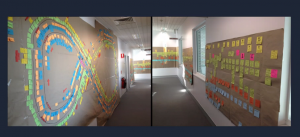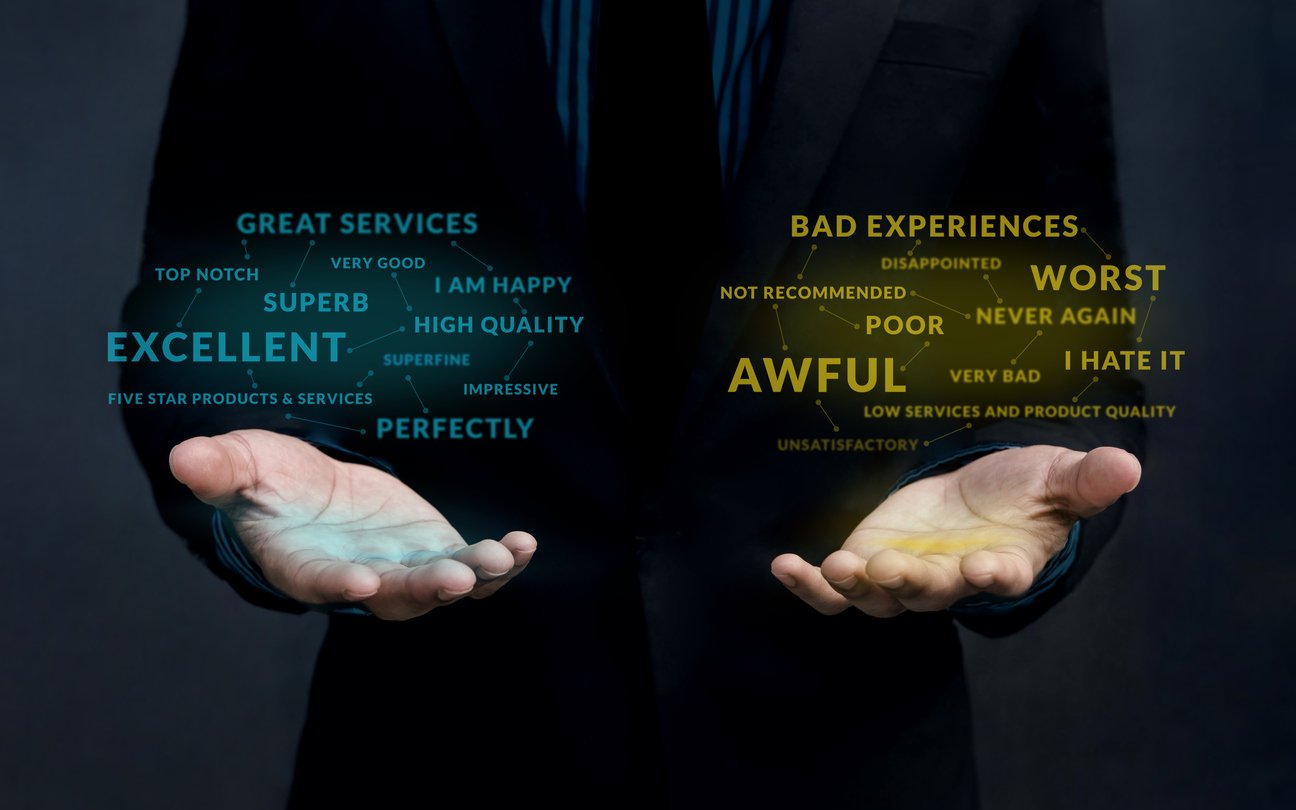Today we are joined by Megan Burns. Megan is a speaker and strategy consultant who helps companies master the art and science of customer experience (CX) management. She has worked with hundreds of Fortune 500 firms in healthcare, telecom, logistics, technology, and financial services to build growth-driving, world-class CX programs.
What is Customer Experience?
Megan’s definition is short and succinct:
Customer Experience – How a person perceives their interactions with your business.
This simple definition has some carefully selected words:
- Person – we need to remember that our businesses are interacting with people, not other businesses or entities, and the human component really matters in CX.
- Interactions – this includes every experience with your brand including the website, email and phone communication, face-to-face interactions and experiences with your product or service.
- Perceived – it matters less what actually happened in the interaction, and more what the human perception was of the interaction.
Why does CX Matter?
Jeff Bezos, CEO of Amazon, argues that the key to Amazon’s success is that they have been obsessively focused on customer experience from the beginning; it is the secret to their success.
Megan described how we now have the data to back that up. Based on her research, in industries where there was a clear CX leader, those firms grew 5 times faster than their peers. But CX is a long game. Sometimes customers will endure poor customer experiences for a variety of reasons – lack of choice, high switching costs, etc. – but over the llong-termcompanies who focus on improving CX will have a competitive advantage.
How to Manage Customer Experience
 It begins like any improvement initiative by making a choice and allocating time to first understand and then improve your CX. Customer Experience is not new – customers have always had experiences with our products, services and brands. What is new is that progressive firms are starting to ‘manage’ this aspect of their business.
It begins like any improvement initiative by making a choice and allocating time to first understand and then improve your CX. Customer Experience is not new – customers have always had experiences with our products, services and brands. What is new is that progressive firms are starting to ‘manage’ this aspect of their business.
Megan suggests a simple set of tools to get started:
- Customer Empathy Map
- It begins by taking a walk in your customer’s shoes and documenting what you believe they are experiencing on the interaction path with you. Megan provides a great template shown here.
- There can be lots of opinions about what we think a customer would say in each of these areas, but those opinions and assumptions need to be validated by real, unbiased customer feedback.
- You could fill out the Empath Map, but more often it’s done through qualitative and observational research.
- Set up a Feedback Loop
-
- There needs to be some mechanism in every business to gather and process customer feedback. This often takes the form of a survey or poll after one or several interactions with a company.
- Net Promoter Score (NPS) is one technique and is a good way to get started. It’s not the only way to get feedback.
- An NPS score is a good measure of likelihood to recommend, but may not reflect the most recent experience.
- Most companies need a beacon, a rallying cry number, and NPS is great for that.
- A question that often doesn’t get asked in firms that do use NPS is what can be done to improve the score? Are you looking for ways of increasing promotors or decreasing detractors? It’s easier to do the latter (generally).
-
- Map ONE customer journey
-
- The start can be super low tech, just a list or set of sticky notes on the wall. Process maps are more comprehensive but can be misleading because they are often created ‘inside out’ and don’t really look at the experience from the customer’s point of view.

- The start can be super low tech, just a list or set of sticky notes on the wall. Process maps are more comprehensive but can be misleading because they are often created ‘inside out’ and don’t really look at the experience from the customer’s point of view.
-
-
-
- To build one, imagine you are a golf narrator following the golfer, capturing and describing each scene.
- Often just the exercise of doing this points out several key points of ‘low hanging fruit’ that can be addressed quite easily and inexpensively.
-
Next Steps
Managing Customer Experience is not easy. Expectations are constantly changing, and clear information can be difficult to obtain. It’s even harder today during the pandemic using digital communications and remote working. But at least make a start.
- Try being your own customer. Be a mystery shopper for your business or get a friend to do that for you.
- Catalog the things you are getting right. This will validate and reinforce those elements and give your team fuel to work on the areas that need improvement.
- Hire people with empathy. It’s natural for all human beings to some extent, even babies display it.
Take Your Business to the Next Level
At Results we care about your success, we understand how overwhelming it can feel to run a business, and we’re here to help. Reach out to Nicole through our contact form for ways to unleash the potential of your business.
Visit the Unleashed Podcast Library where you’ll find exclusive conversations with world-class thought leaders, authors, and leadership experts.
Each episode of Unleashed is hosted by Results’ CEO Jeff Tetz who spends most of his day exploring what makes high performers tick and helping build a community of leaders who want to learn and grow together. Follow Jeff (Twitter; LinkedIn; Instagram) for more great leadership insights.


